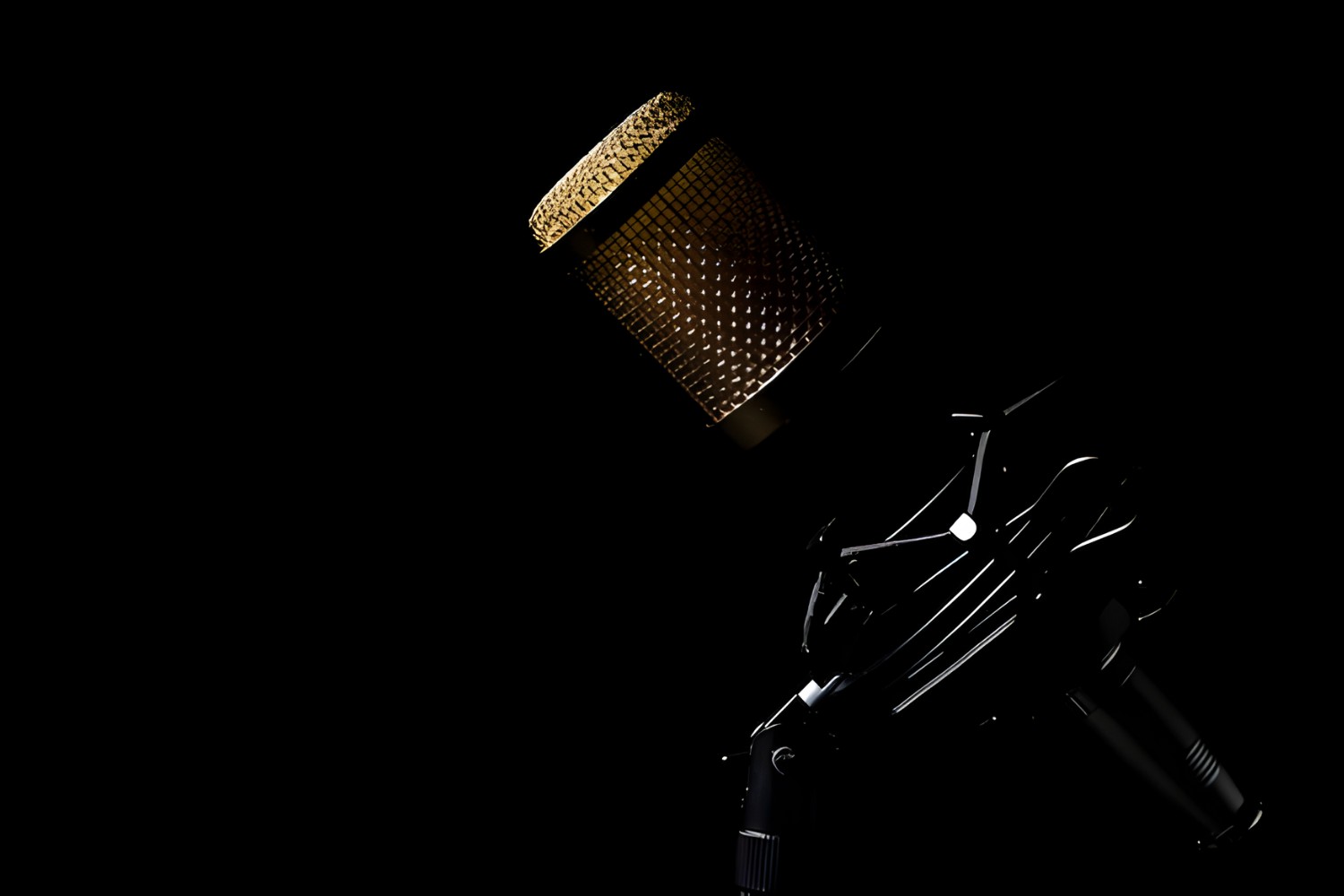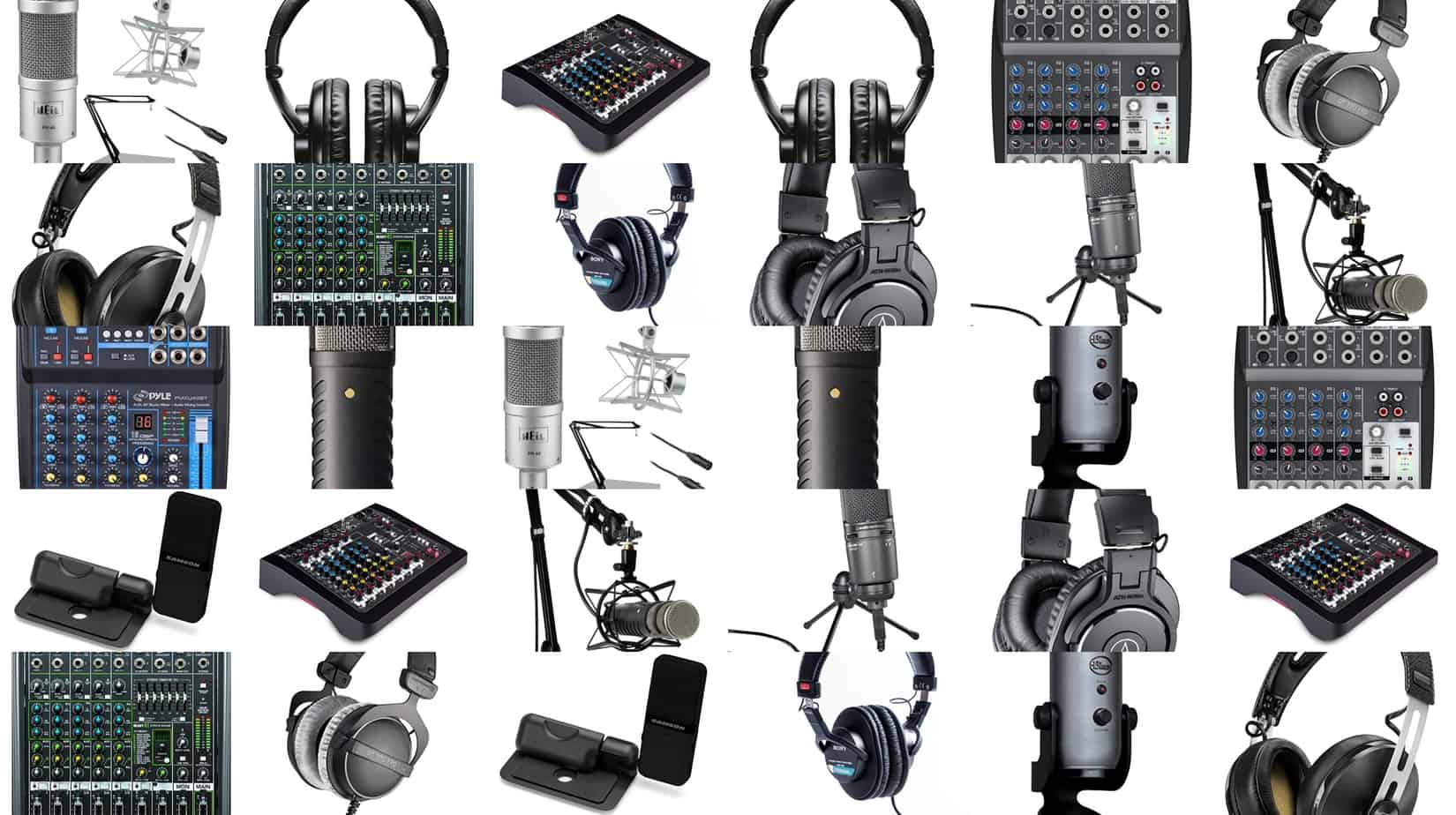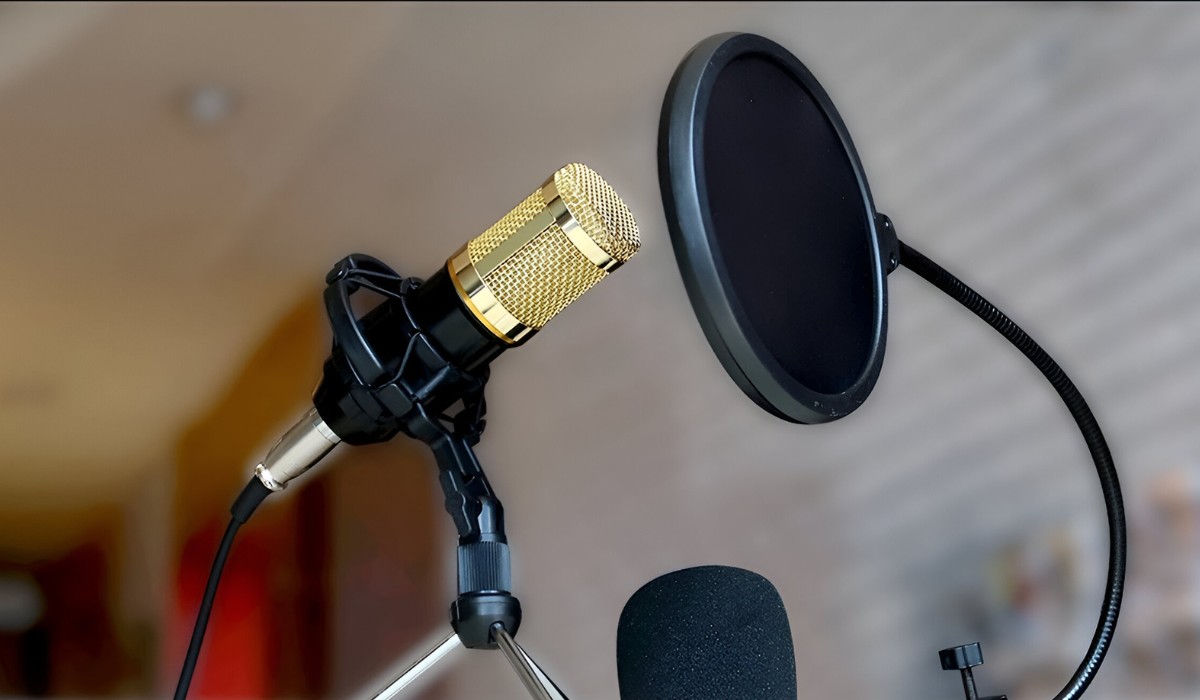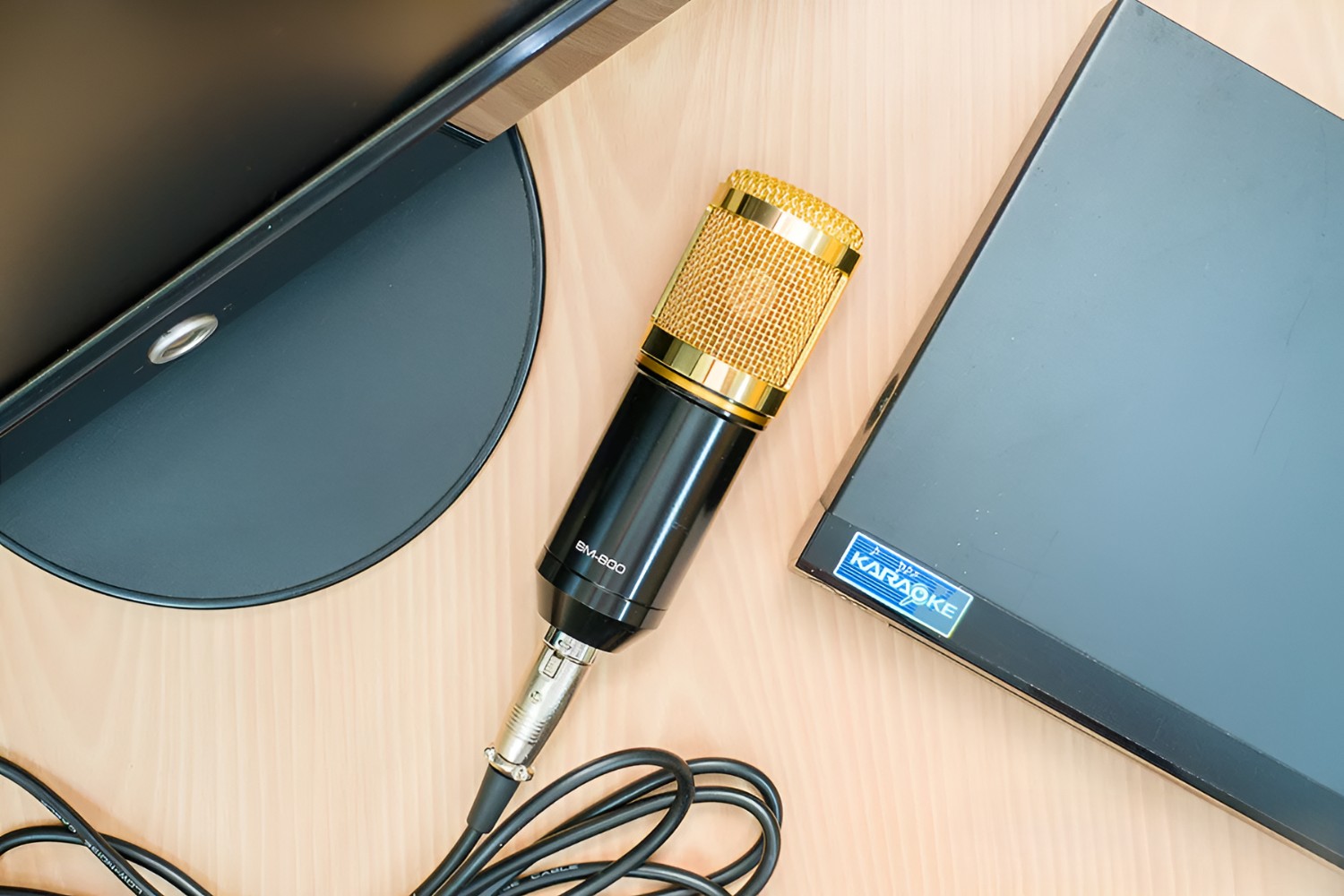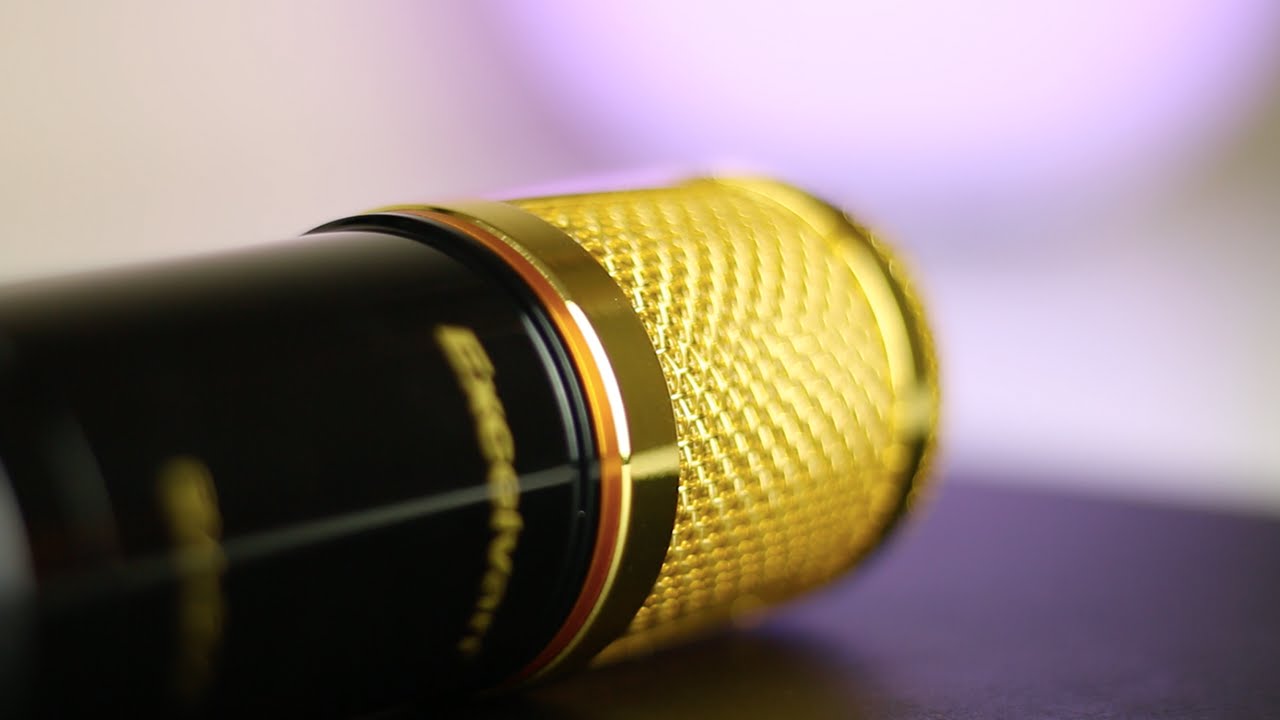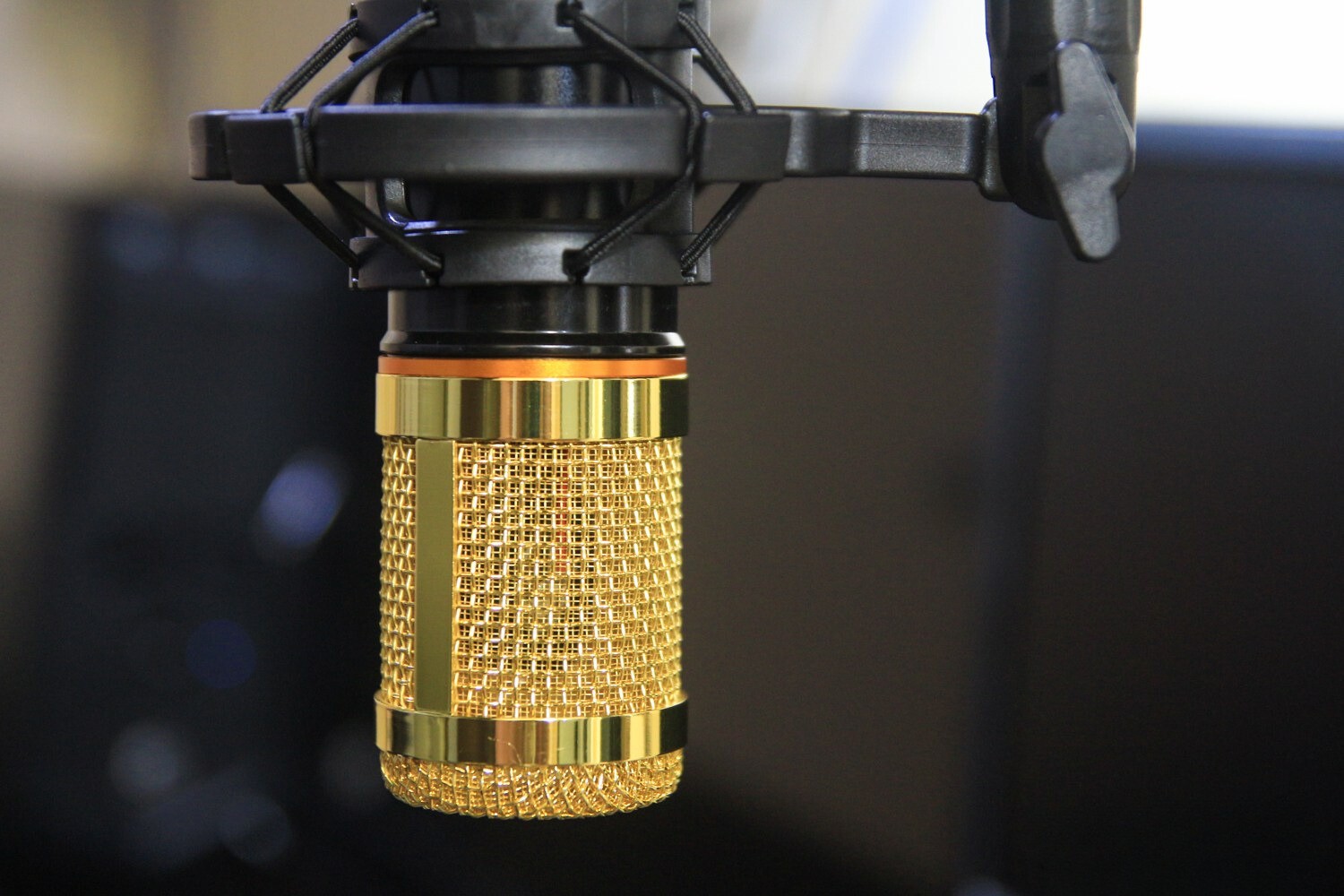Introduction
Are you a content creator, podcaster, musician, or voiceover artist experiencing an annoying buzzing sound when using your BM800 condenser microphone? This issue can be frustrating and disruptive, hampering the quality of your recordings. Understanding the potential causes of this buzzing sound and learning effective solutions is crucial for achieving optimal performance from your microphone.
In this comprehensive guide, we will explore the common reasons behind the buzzing sound in BM800 condenser microphones and provide practical solutions to rectify this issue. Whether you are a seasoned audio professional or a beginner in the world of sound recording, this article will equip you with the knowledge to address and resolve the buzzing sound, allowing you to capture clear, pristine audio with your BM800 microphone.
Let's delve into the intricacies of the BM800 condenser microphone, unravel the possible sources of the buzzing sound, and uncover the remedies to restore your microphone's performance to its full potential. Whether you are a content creator, podcaster, musician, or voiceover artist, the insights shared in this guide will empower you to overcome the buzzing sound issue and elevate the quality of your audio recordings.
Understanding the BM800 Condenser Microphone
The BM800 condenser microphone has gained popularity for its affordability and versatility, making it a popular choice among content creators, musicians, and audio enthusiasts. This microphone, known for its crisp and detailed sound reproduction, is a favorite for recording vocals, instruments, and podcasts.
Equipped with a cardioid pickup pattern, the BM800 is designed to capture sound from the front while minimizing background noise, making it ideal for studio recordings and live performances. Its wide frequency response and sensitivity to high-frequencies contribute to its ability to capture nuanced audio with clarity and precision.
One of the key features of the BM800 is its condenser capsule, which requires phantom power to operate. This power is typically supplied by an audio interface or a mixing console, enhancing the microphone’s ability to capture subtle details and nuances in the sound source.
Understanding the technical specifications and capabilities of the BM800 condenser microphone is essential for harnessing its full potential. By familiarizing yourself with its features, pickup pattern, and operational requirements, you can optimize its performance and achieve professional-grade audio recordings.
As we delve deeper into the buzzing sound issue associated with the BM800 microphone, having a solid grasp of its design and functionality will enable us to pinpoint potential causes and implement effective solutions. Now, let’s explore the common factors that may lead to the buzzing sound in BM800 condenser microphones and unravel the steps to mitigate this issue.
Common Causes of Buzzing Sound
When encountering a buzzing sound while using the BM800 condenser microphone, several factors may contribute to this issue. Identifying the root causes is pivotal in addressing the problem effectively. Let’s explore the common culprits behind the buzzing sound:
- Electromagnetic Interference: The proximity of electronic devices such as smartphones, routers, or fluorescent lighting fixtures can lead to electromagnetic interference, causing a buzzing sound in the microphone’s output. This interference is often characterized by a constant, low-frequency hum or buzz.
- Loose Connections: Inadequate or loose connections between the microphone, XLR cable, audio interface, or preamp can introduce unwanted noise, including buzzing or crackling sounds. Ensuring secure and proper connections is crucial for optimal signal flow and minimal interference.
- Phantom Power Issues: Insufficient or unstable phantom power supply to the BM800 microphone can result in erratic behavior and introduce buzzing or humming sounds. Verifying the stability and adequacy of the phantom power source is essential for consistent and noise-free operation.
- Grounding Problems: Inadequate grounding in the audio setup can lead to ground loops, manifesting as a persistent low-frequency hum or buzz in the microphone’s output. Addressing grounding issues is crucial for eliminating unwanted noise and ensuring clean audio signals.
- Mic Capsule Contamination: Dust, debris, or moisture on the microphone’s capsule or diaphragm can compromise its performance, leading to unwanted noise, including buzzing or crackling. Regular maintenance and cleaning of the microphone’s capsule can mitigate these issues.
By recognizing these common causes of buzzing sound in BM800 condenser microphones, you can systematically troubleshoot and address the issue, restoring the microphone’s pristine audio quality. Now, let’s proceed to explore effective solutions to rectify the buzzing sound and optimize the performance of your BM800 microphone.
Solutions to Fix the Buzzing Sound
Resolving the buzzing sound in your BM800 condenser microphone involves implementing targeted solutions to address the specific causes of the issue. Let’s explore effective remedies to rectify the buzzing sound and optimize the microphone’s performance:
- Minimize Electromagnetic Interference: Create distance between the microphone and potential sources of electromagnetic interference, such as smartphones, routers, and other electronic devices. Additionally, using shielded cables and positioning the microphone away from electrical fixtures can help mitigate interference, reducing the likelihood of buzzing sounds.
- Secure and Check Connections: Ensure all connections, including the XLR cable, audio interface, and phantom power supply, are secure and free from damage. Periodically inspecting and reseating the connections can eliminate intermittent buzzing caused by loose or faulty connections.
- Stabilize Phantom Power Supply: Verify that the phantom power supply to the BM800 microphone is stable and meets the microphone’s requirements. Using a dedicated, high-quality phantom power source and addressing any voltage irregularities can alleviate buzzing and ensure consistent, reliable operation.
- Address Grounding Issues: Implementing proper grounding techniques, such as using ground lifters or isolators, can help mitigate ground loop-induced buzzing. Ensuring a clean and robust ground connection in the audio setup is essential for minimizing unwanted noise in the microphone’s output.
- Perform Mic Capsule Maintenance: Regularly inspect and clean the microphone’s capsule and diaphragm to remove any contaminants that may contribute to buzzing or crackling sounds. Following manufacturer-recommended cleaning procedures can preserve the microphone’s sensitivity and pristine audio quality.
By applying these targeted solutions, you can effectively troubleshoot and resolve the buzzing sound in your BM800 condenser microphone, restoring its optimal performance and ensuring clear, professional-grade audio recordings. Implementing proactive measures to minimize interference, maintain secure connections, and uphold proper power and grounding practices will contribute to a noise-free and reliable microphone setup.
Conclusion
Addressing the buzzing sound in your BM800 condenser microphone is essential for maintaining the quality and integrity of your audio recordings. By gaining a comprehensive understanding of the common causes of buzzing and implementing targeted solutions, you can effectively mitigate this issue and optimize the microphone’s performance.
Throughout this guide, we have explored the nuances of the BM800 condenser microphone, delving into its design, functionality, and common sources of buzzing sound. From electromagnetic interference to grounding problems, each potential cause has been meticulously examined, providing valuable insights for troubleshooting and resolution.
Furthermore, the practical solutions outlined in this guide offer actionable steps to rectify buzzing sound issues, empowering you to create a noise-free and reliable microphone setup. By minimizing interference, ensuring secure connections, stabilizing phantom power, and maintaining the microphone’s capsule, you can elevate the performance of your BM800 microphone and capture pristine audio with confidence.
Whether you are a content creator, musician, or audio enthusiast, the knowledge and strategies shared in this guide equip you to overcome the buzzing sound challenge and unlock the full potential of your BM800 condenser microphone. With a proactive approach to troubleshooting and maintenance, you can cultivate a conducive environment for high-quality audio recording, free from the distractions of unwanted buzzing and interference.
By leveraging the insights and solutions presented in this guide, you are poised to harness the capabilities of your BM800 condenser microphone, delivering professional-grade audio that resonates with clarity and precision. Embracing best practices in microphone setup, maintenance, and interference mitigation will enable you to embark on a seamless recording journey, free from the disruptions of buzzing sound.
As you apply these principles and solutions to your microphone setup, you are empowered to create captivating content, captivating music, and compelling audio productions, all while enjoying the pristine sound quality and reliability of your BM800 condenser microphone.







